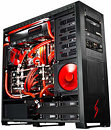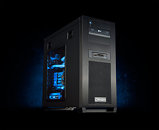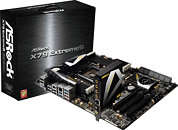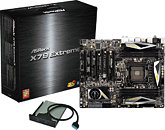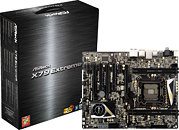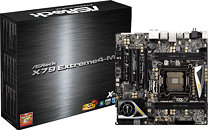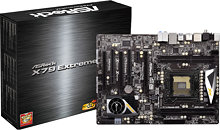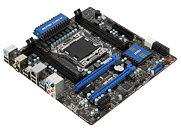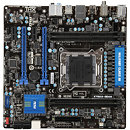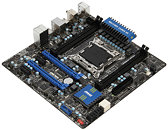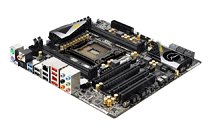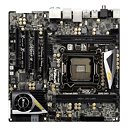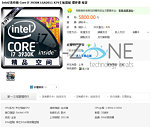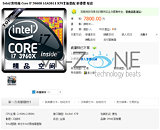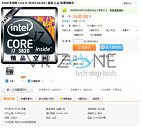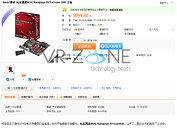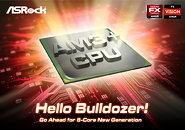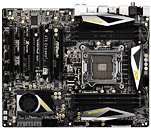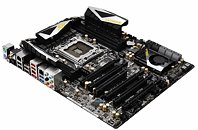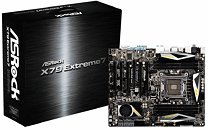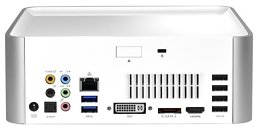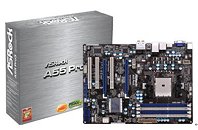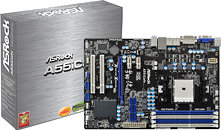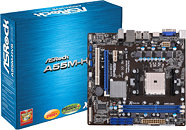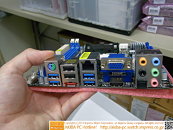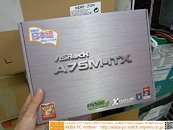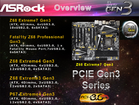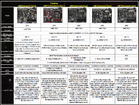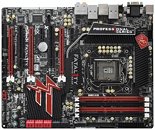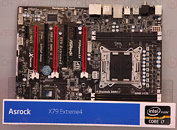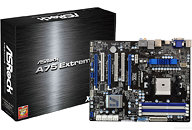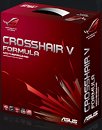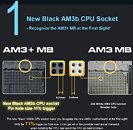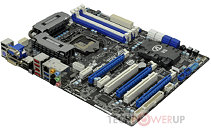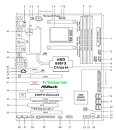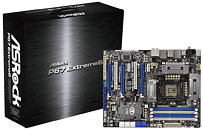
NVIDIA SLI & Intel Core I7 Extreme Ed. CPUs Power World's Fastest Desktop Gaming PCs
NVIDIA today announced that system builders worldwide are now shipping the fastest PC gaming platforms ever built, thanks in part to NVIDIA SLI technology and the just-released Intel Core i7 Extreme Edition processors and X79 chipset-based motherboards.
The combination of NVIDIA SLI technology -- which allows for multiple GPUs to run on a single PC -- and new X79-based motherboards allow gamers to customize their PC experience with up to four NVIDIA GeForce GTX GPUs, including the GeForce GTX 580 and GTX 570, the world's fastest DX11 GPUs. Licensed by the world's leading motherboard manufacturers -- including Intel, ASUS, ASRock, EVGA, Foxconn, Gigabyte and MSI, SLI technology is crucial for playing this year's hottest graphics-intensive games, such as the recently released Battlefield 3 and upcoming Batman: Arkham City with detail, resolution and immersion settings cranked up.
The combination of NVIDIA SLI technology -- which allows for multiple GPUs to run on a single PC -- and new X79-based motherboards allow gamers to customize their PC experience with up to four NVIDIA GeForce GTX GPUs, including the GeForce GTX 580 and GTX 570, the world's fastest DX11 GPUs. Licensed by the world's leading motherboard manufacturers -- including Intel, ASUS, ASRock, EVGA, Foxconn, Gigabyte and MSI, SLI technology is crucial for playing this year's hottest graphics-intensive games, such as the recently released Battlefield 3 and upcoming Batman: Arkham City with detail, resolution and immersion settings cranked up.
